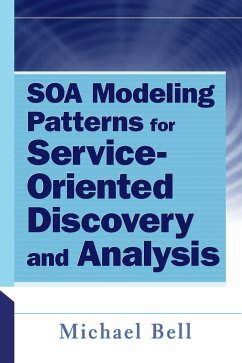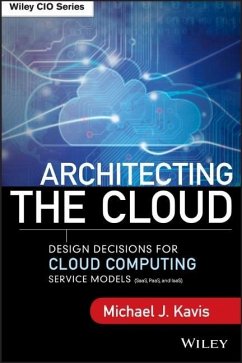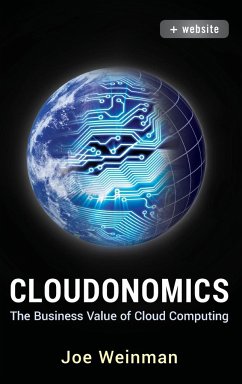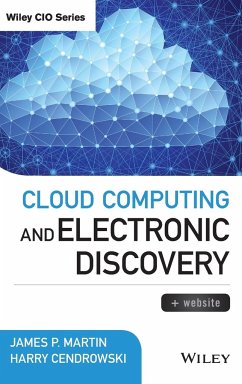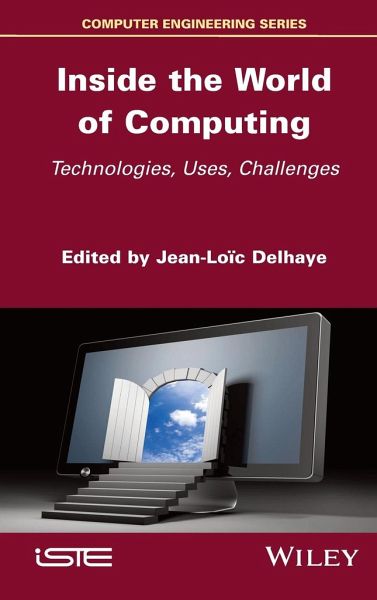
Inside the World of Computing
Technologies, Uses, Challenges
Herausgeber: Delhaye, Jean-Loic
Versandkostenfrei!
Versandfertig in über 4 Wochen
158,99 €
inkl. MwSt.
Weitere Ausgaben:

PAYBACK Punkte
79 °P sammeln!
Computers and the Internet are an undeniable and inextricable part of our daily lives. This book is for those who wish to better understand how this came to be. It explores the technological bases of computers, networks, software and data management, leading to the development of four ?pillars? on which the essential applications that have a strong impact on individuals and society are based: embedded systems, Artificial Intelligence, the Internet, image processing and vision.We will travel to the heart of major application areas: robotics, virtual reality, health, mobility, energy, the factor...
Computers and the Internet are an undeniable and inextricable part of our daily lives. This book is for those who wish to better understand how this came to be. It explores the technological bases of computers, networks, software and data management, leading to the development of four ?pillars? on which the essential applications that have a strong impact on individuals and society are based: embedded systems, Artificial Intelligence, the Internet, image processing and vision.
We will travel to the heart of major application areas: robotics, virtual reality, health, mobility, energy, the factory of the future, not forgetting the major questions that this ?digitization? can raise. This book is the author?s testimony after fifty years spent in environments that are very open to new technologies. It offers perspectives on the evolution of the digital world that we live in.
We will travel to the heart of major application areas: robotics, virtual reality, health, mobility, energy, the factory of the future, not forgetting the major questions that this ?digitization? can raise. This book is the author?s testimony after fifty years spent in environments that are very open to new technologies. It offers perspectives on the evolution of the digital world that we live in.





